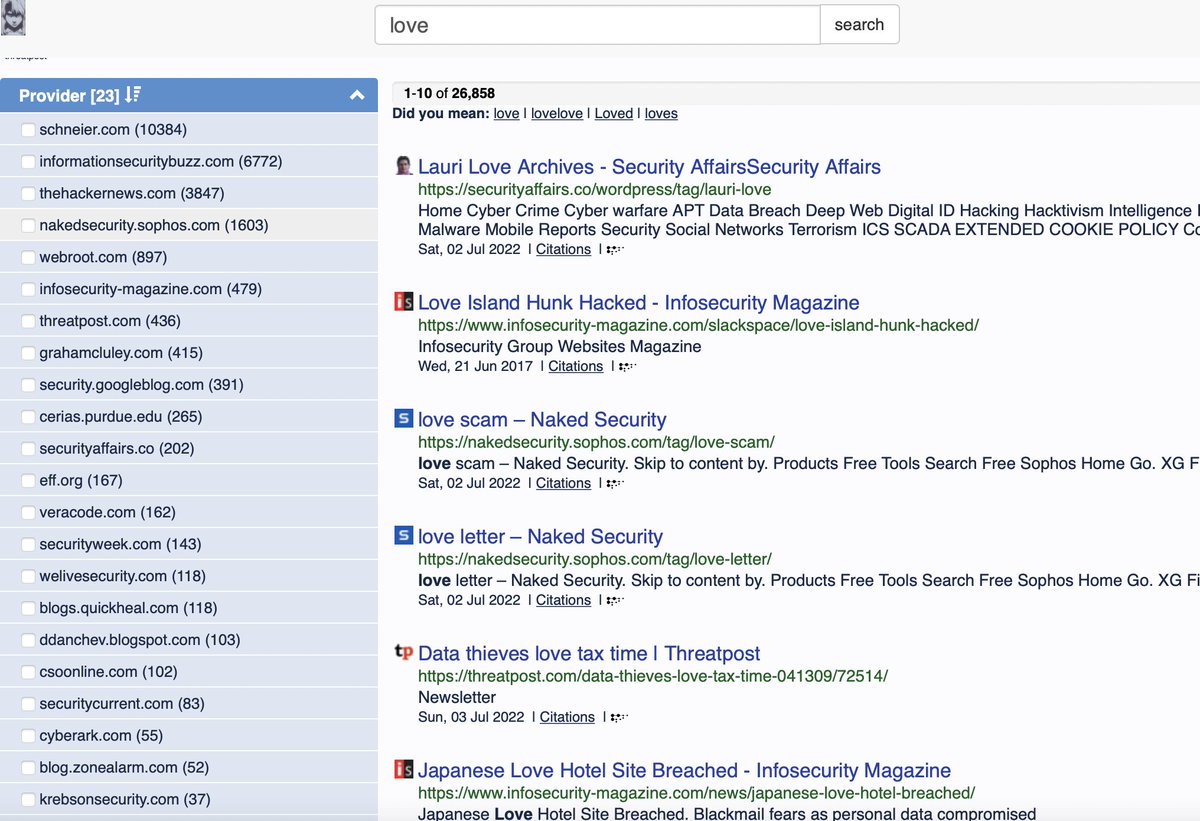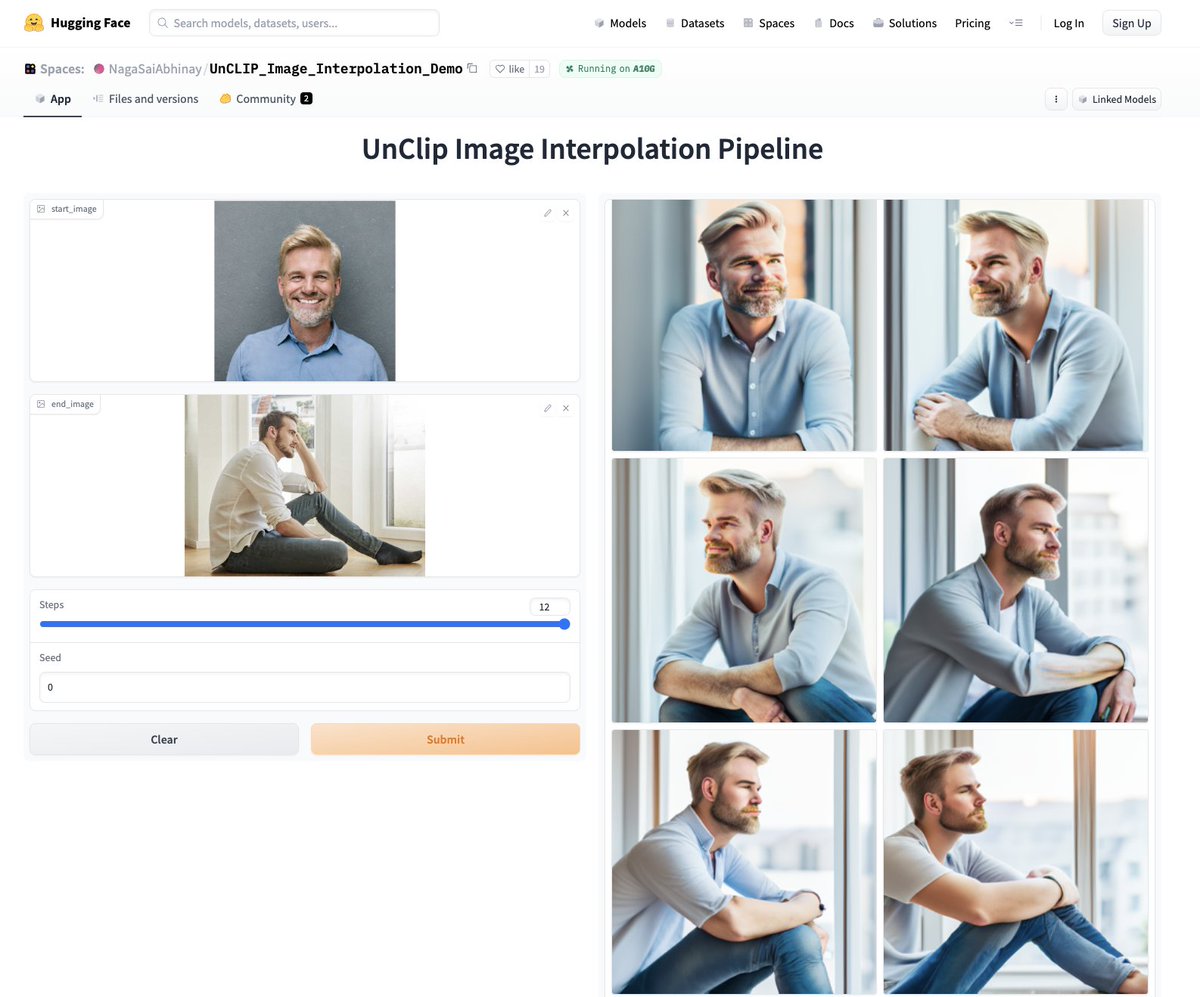osint.ngrok.io
New search engine from @dancho_danchev developed especially for #osint specialists!
It has many filters and advanced search operators that can help you analyse the information you find more quickly and effectively.
I will talk more about them in this🧵
New search engine from @dancho_danchev developed especially for #osint specialists!
It has many filters and advanced search operators that can help you analyse the information you find more quickly and effectively.
I will talk more about them in this🧵

It's possible to filter results by filetype, language, domain, author, keywords and protocol (https or http) and also sort by date.
🧵


🧵



All the filters mentioned in the previous tweet are available not only for searching web pages, but also for searching pictures.
🧵
🧵

The osint.ngrok.io also has many advanced search operators that you rarely see on other search engines:
/smb - search files in SMB servers
/ftp - search files in FTP servers
/location /radius/ /lattitude /longitude - geolocated search
🧵
/smb - search files in SMB servers
/ftp - search files in FTP servers
/location /radius/ /lattitude /longitude - geolocated search
🧵

Note that this tool has only been launched for two days and it is very interesting to see how it develops further. You can follow updates on the developer's Twitter @dancho_danchev or on his personal blog ddanchev.blogspot.com
#osint #geoint #socmint
#osint #geoint #socmint

@dancho_danchev @threader compile
@threadreaderapp unroll
@threadrip unroll
@PingThread unroll
@threadreaders unroll
@TurnipSocial save
@readwiseio save thread
@tresselapp save thread
@rattibha unroll
@getnaked_bot unroll
@threadreaderapp unroll
@threadrip unroll
@PingThread unroll
@threadreaders unroll
@TurnipSocial save
@readwiseio save thread
@tresselapp save thread
@rattibha unroll
@getnaked_bot unroll
• • •
Missing some Tweet in this thread? You can try to
force a refresh


















